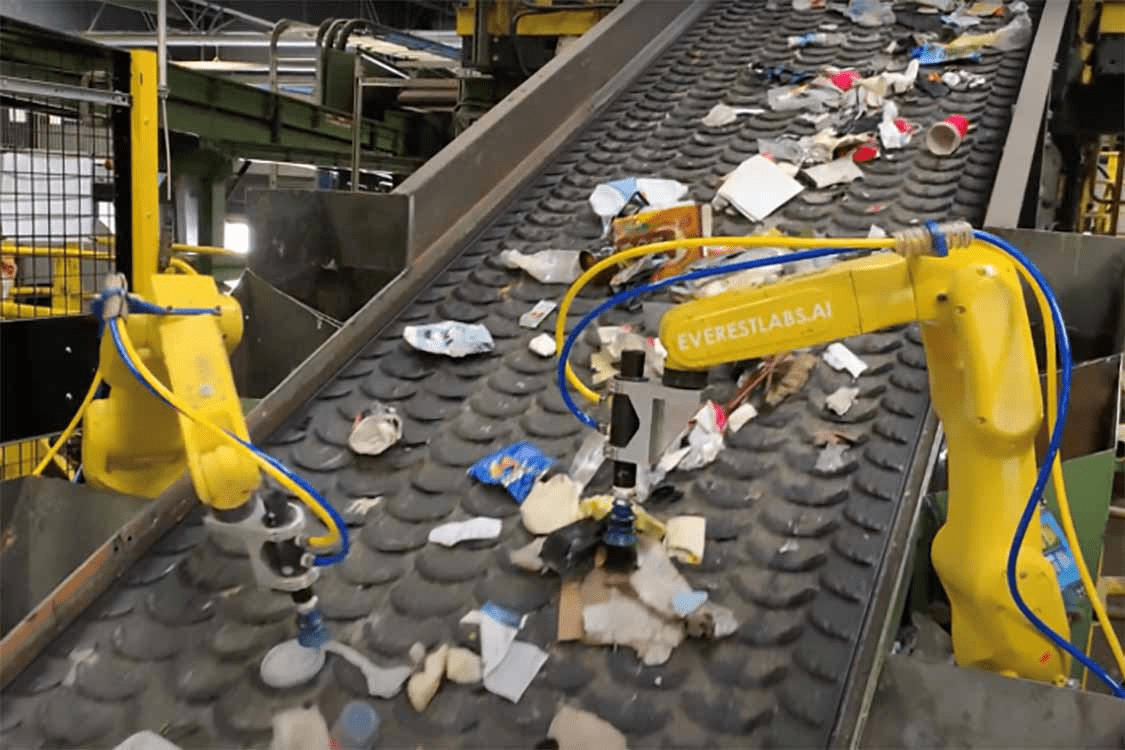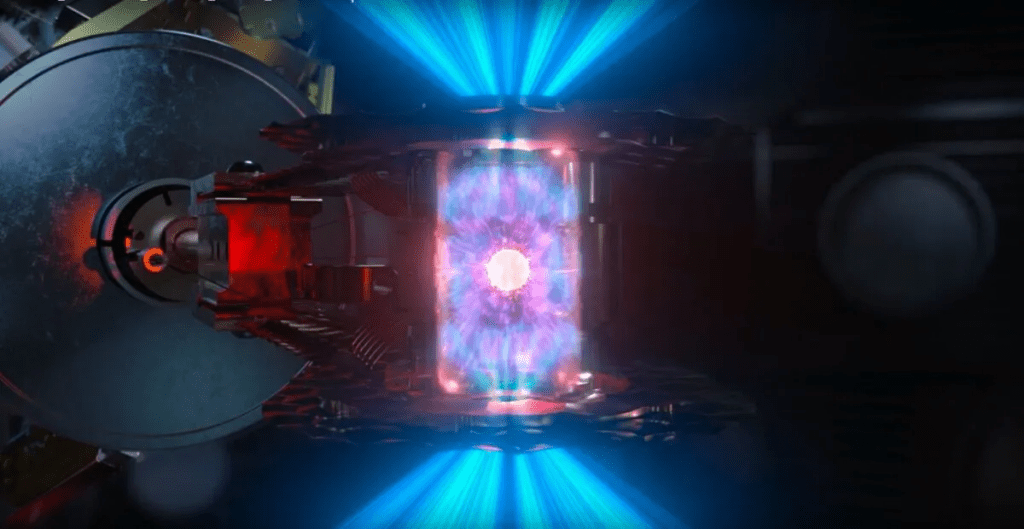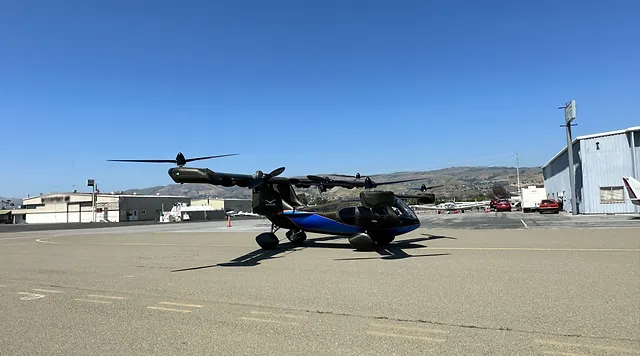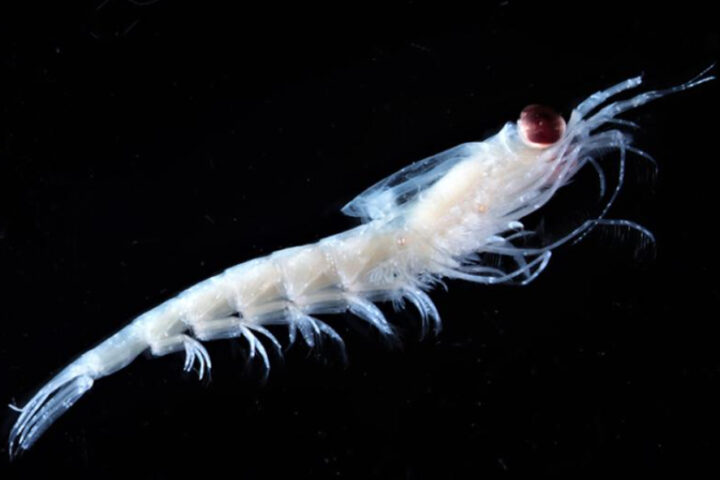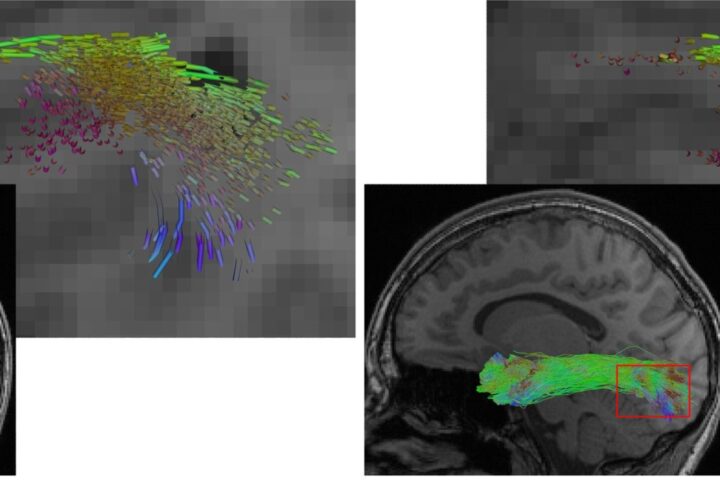The recycling industry faces intricate challenges, not just for consumers but more so for the companies behind the scenes. With the influx of waste, distinguishing between a milk container and a beer can becomes a monumental task. Enter the world of AI and robotics, revolutionizing the recycling process and making it more efficient. Companies like AMP Robotics, Machinex, and Recycleye are at the forefront of this technological transformation. EverestLabs, a California-based startup, is making waves with its innovative AI-driven solutions. By harnessing the power of AI, recycling plants have witnessed a surge in recovery rates, sometimes by as much as 30%.
JD Ambati, the visionary CEO of EverestLabs, highlights the financial implications, noting the millions saved from landfills. The game-changer? 3D depth-sensing cameras that can swiftly identify up to 200 items in a mere 12 milliseconds. This technology dives deep, extracting data about brands, packaging types, and material specifics. The insights provided by AI help in pinpointing what gets recycled and what sadly ends up in landfills. Robotic arms, when combined with this technology, outperform humans, recovering packaging with thrice the efficiency. Major recycling giants like SMR are reaping the benefits, translating to substantial cost savings. Tom Outerbridge of SMR emphasizes the labor challenges in the industry, hinting at the potential of robotics to fill the gap.
Similar Post
The financial backing for EverestLabs speaks volumes, with giants like Translink Capital and NEC Orchestrating Future Fund showing support. With a whopping $24.6 million raised, EverestLabs is poised to redefine recycling for the future. Beyond just identification, these machines are constantly learning, optimizing their recycling efficiency with each cycle. The brilliance of EverestLabs’ technology allows robots to “see”, making them invaluable assets to large recycling facilities. The reliability of robots is unmatched; they’re always on duty, ensuring consistent recycling rates. The overarching benefit for recycling companies is twofold: financial savings and accelerated recycling processes. Linden Skjeie sheds light on the environmental impact, emphasizing the energy conserved when recycling.
Recycling isn’t just about waste management; it’s a direct combatant against excessive greenhouse gas emissions. In just over a year, EverestLabs has made its mark, with 50 systems actively operating in recycling sites nationwide. As AI and robotics continue to evolve, the potential for the recycling industry is boundless. The fusion of technology and sustainability is not just the future; it’s the present we need to embrace. By leveraging AI, we’re not just saving money; we’re safeguarding our planet for future generations. The journey of a recyclable item, from being discarded to being reborn, is now more efficient than ever. As we look ahead, the collaboration between technology and sustainability promises a greener, cleaner world.
